Yeongwol Beopheungsa Temple (법흥사(영월))
0m 17637 2021-09-29
1352, Mureungbeopheungn-ro, Yeongwol-gun, Gangwon-do
+82-33-374-9177
Beopheungsa Temple was created by Jajangyulsa in 647, called Heungnyeongsa Temple at the time, under the reign of King Jindeok of Silla to enshrine Jinsinsari of Buddha. At that time, Preceptor Jinghyo earned 100 Jinsinsari of Munsubosal and enshrined them at Yangsan Tongdosa Temple, Odaesan Sangwonsa Temple, Seoraksan Bongjeongam, Jeongseon Jeongamsa Temple and Beopheungsa Temple while establishing Jeongmyeolbogung, Hall of Buddha, at each of the places. Inside the Jeongmyeolbogung there is no statue of Buddha and only a wide open window. This is because it is believed that the mountain as a whole is the enshrined Jinsinsari of Buddha himself.
Beopheungsa was once a large temple where over 2,000 monks gathered. Today, most of the temple buildings were lost to a number of fires leaving only a few buildings. The pine wood path from Beopheungsa Temple to Jeongmyeolbogung is one of the most picturesque sites in the nation. The location was originally named Sajasansa but later changed to Sajasan Jeongmyeolbogung in 1939. In addition to the path, the nine peaks (Gubongdae) lined up one after another forms another charming view.
Yoseonjeong Pavilion & Yoseonam Rock (요선정·요선암)
8.2 Km 15898 2022-12-28
13-39, Dowonunhak-ro, Yeongwol-gun, Gangwon-do
+82-33-370-2140
Yoseonjeong Pavilion is located in a valley with a clear stream water flowing below. Next to the pavilion is a large rock with the word Yoseonnam inscribed on it. During the Unified Silla period, there was a small hermitage where Yoseongjeong Pavilion stands today. The hermitage was frequented by monks Doyun and Jinghyo, who had founded Heungnyeongseonwon Temple on a foothill of Sajasan Mountain to teach the values and principles of Buddhism. Today, next to the pavilion is a small stone pagoda and a statue of seated Buddha.
Myeonsamusoap Anheung Jjinppang (면사무소앞안흥찐빵)
10.3 Km 1 2024-02-06
30 Anheung-ro, Anheung-myeon, Hoengseong-gun, Gangwon-do
Anheung Jjinppang, situated in front of the Anheung Myeon-office, is a delightful bakery nestled in a picturesque rural village. The bakery is famed for its singular, signature product: the Anheung jjinppang (Anheung steamed bun). These buns are celebrated for their chewy texture and are generously stuffed with a red bean filling. The allure of these freshly made, warm buns has garnered the shop considerable attention, including multiple features on Korean TV programs.
Anheung Jjinppang Morakmorak Village (안흥찐빵모락모락마을)
10.3 Km 1 2023-07-24
1868 , Jucheongang-ro, Hoengseong-gun, Gangwon-do
Opened in 2022, Anheung Jjinppang Morakmorak Village is a complex cultural space filled with things to see and enjoy under the theme of Anheung Jjinppang, a representative product of Hoengseong. The village can be enjoyed by people of all ages, as it is full of interesting things such as the history and origin of Anheung Jjinppang, various experience programs such as making jjinppang and desserts, and VR experiences. "Morakmorak Jjinppang House" offers programs to experience making Anheung Jjinppang, "Morakmorak Lounge" promotes Anheung Jjinppang and has a ticket office, PR hall, media art and VR experience space that satisfies the five senses, "Morakmorak Workshop" has programs to experience making your own cup and red bean steamed pack, and a health playground, Morakmorak Square, and a pond. Those wishing to participate in cooking experience programs such as making jjinppang, will need to make a reservation in advance.
Anheung Jjinppang Village (안흥찐빵마을)
10.5 Km 39033 2023-12-27
1088 Seodong-ro, Anheung-myeon, Hoengseong-gun, Gangwon-do
Anheung Jjinppang Village is located along National Highway 42, connecting Seoul and Gangneung. Travelers passing Daegwallyeong on their way to Seoul from the Yeongdong area often stopped here to have a light lunch from old times. Anheung jjinppang (Anheung-style steamed bun) was enough to satisfy their hunger. Over time, Anheung jjinppang has become one of Korea's famous nostalgic snacks.
The Jucheongang River, beginning from Taegisan Mountain and flowing through Yeongwol, offers the proper humid condition perfect for the bun's aging process. As of now, there are over 10 shops dedicated to selling steamed buns in the village. Since the early 1990s, over one million people have come to Anheung Jjinppang Village to get these steamed buns which became popular through word-of-mouth.
Anheung jjinppang is made with high-quality red bean, using the traditional cooking process that creates the homemade flavor, which is immediatedly recognized by the mouth that has become used to instant foods. There are a variety of other traditional foods that are available other than jjinppang. VIsitors can also engage in hands-on progarms at Anheung Jjinppang Morak Morak Village, a cultural center dedicated to Anheung jjinppang.
Youngwol Y Park (젊은달와이파크)
10.9 Km 1 2024-01-09
1467-9 Songhakjucheon-ro, Jucheon-myeon, Yeongwol-gun, Gangwon-do
Youngwol Y Park is a complex art space that recreated the Sulsaem Museum, which opened in 2014, into a regeneration space that combines contemporary works of art, museums, and workshops. This newly created contemporary art space was planned by sculptor Choi Ok-yeung. Located in Jucheon-myeon’s untouched beautiful nature, the space is composed of Red Bamboo, Red Pavilion, and Jupiter, which are works using the signature red color of Choi Ok-yeung. The artist designed the space according to various themes, such as life, space, and regeneration, intending to evoking various feelings within visitors through viewing and experience. It is a huge art museum and land art space divided into 11 landscapes, and it's worth taking the time to look around slowly.
Jucheongang Recreational Forest (주천강자연휴양림)
11.0 Km 19330 2020-12-03
115, Gangbyeon-ro yeongnang 6-gil, Hoengseong-gun, Gangwon-do
+82-33-345-7575
Jucheongang Recreational Forest encompasses a forested area of 2.3 million square meters near Jucheongang River in Hoengseong, Gangwon-do and is the nation’s first large-scale riverside forest. Located only 4 kilometers away from the Dunnaegyo Intersection of the Yeongdong Expressway, the recreational forest is easily accessible from Seoul. With Chiaksan National Park to the southwest and ski resorts to the northeast, the recreational forest is well-equipped with leisure facilities. It is the perfect place for large and small gatherings among family and friends. Facilities include the Forest School (workshop center), Forest House, Forest Classroom, water park, mini-soccer field, volleyball court, and work-out center.
Yeongwol Seopdari Village (영월섶다리마을)
11.1 Km 35741 2024-02-16
Panun-ri, Jucheon-myeon, Yeongwol-gun, Gangwon-do
This village is renowned for its crystal-clear waters and vibrant greenery. Adding to its charm is the Seopdari Bridge, a unique structure crafted from wood and other plant materials, which becomes a highlight in wintertime. The bridge is installed in October when the river level decreases, and it remains in place until the onset of rainfall the following year. One of its most distinctive features is the Y-shaped pier, which, along with the bridge's unique design, creates a striking silhouette against the stunning natural backdrop of Yeongwol.
JOGYUNDANG / 조견당
11.2 Km 151 2024-02-01
27, Gogaok-gil, Jucheon-myeon, Yeongwol-gun, Gangwon-do
+82-33-372-7229
Located in Jucheon-myeon, Yeongwol-gun, Gangwon Province, Jogyeondang (House of Kim Jong-gil) is a traditional “hanok” stay. The nine rooms of the house follow the traditional “hanok” format. Anchae, the inner building with nearly 200 years of history, is dignified and elegant as befitting of its age. The majestic rafters of the building were built from 800-year-old trees, and the “daecheongmaru” raised floor has a sheen from years of care. Sarangchae and Byeolchae, restored in 2007 and 2009, respectively, make up for their relative lack of historical weight with freshness and convenience. The Inner Sarangchae faces the Anchae and the courtyard, while the Outer Sarangchae connects to a space with floor tables, cushions, and bookcases for drinking tea or reading. Guests staying in the three rooms in the Outer Sarangchae and the Anchae Geonneonbang rooms must use a shared bathroom, while other rooms come with private bathrooms. The uniqueness of Jogyeondang lies in its extensive cultural program, which ranges from tea ceremonies to soirees in the historical building. The complex’s manager has many stories to tell about the history of the house and its construction. Breakfast is also available upon reservation and payment, and English and Chinese services are provided for international visitors.
Jecheon Sikdang (제천식당)
11.3 Km 5411 2024-02-16
3 Docheon-gil, Jucheon-myeon, Yeongwol-gun, Gangwon-do
This restaurant in Yeongwol specializes in buckwheat noodles, handling every step of the noodle-making process in-house. These freshly made noodles are the key ingredient in the restaurant's signature dish, kkolttu guksu (Gangwon buckwheat noodle soup), a traditional folk dish of Gangwon-do. The dish is known for its mild and savory flavors, making it a great option for those who prefer to avoid spicy food. In addition to kkolttu guksu, the restaurant also offers makguksu (buckwheat noodles) and naengmyeon (cold buckwheat noodles).
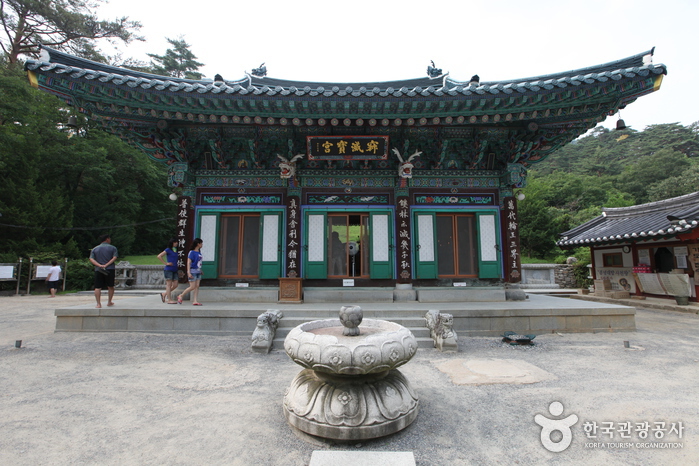
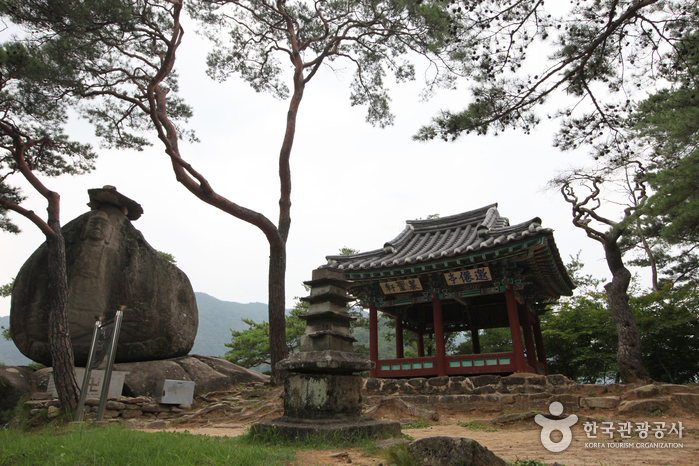
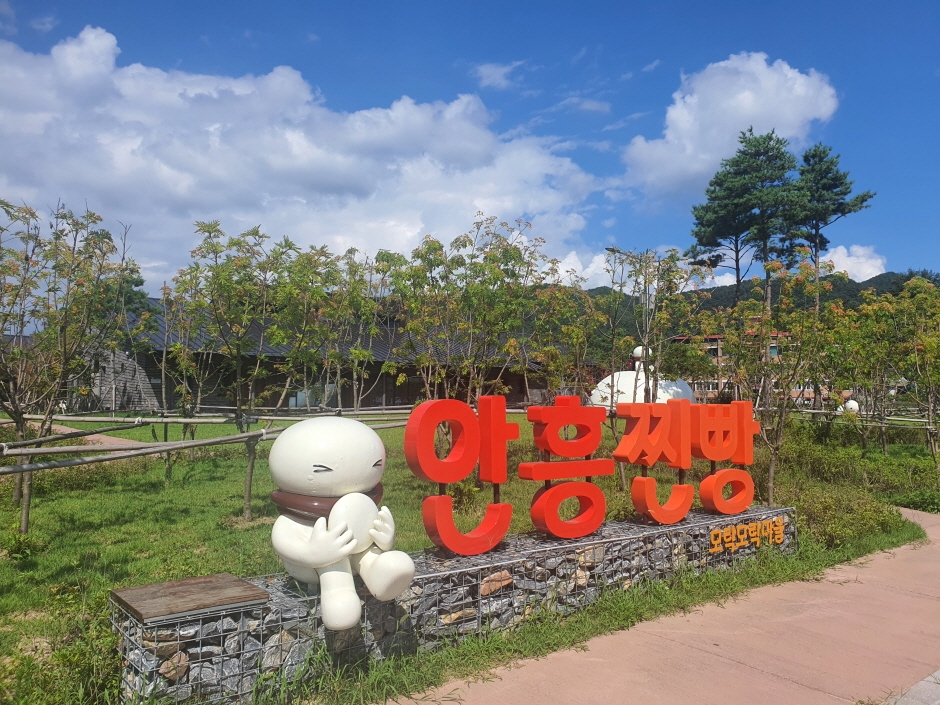
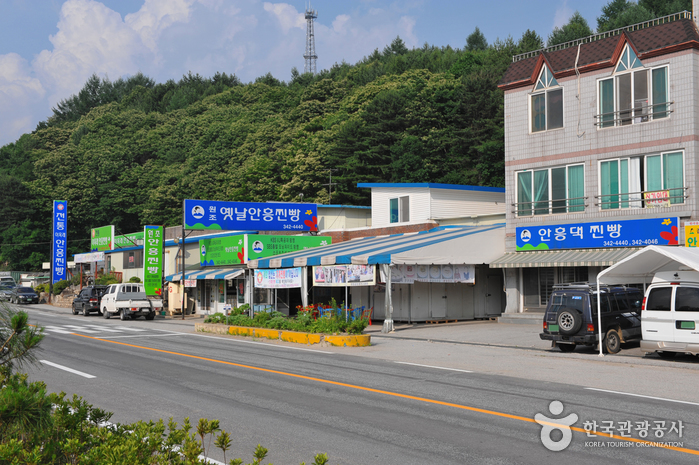
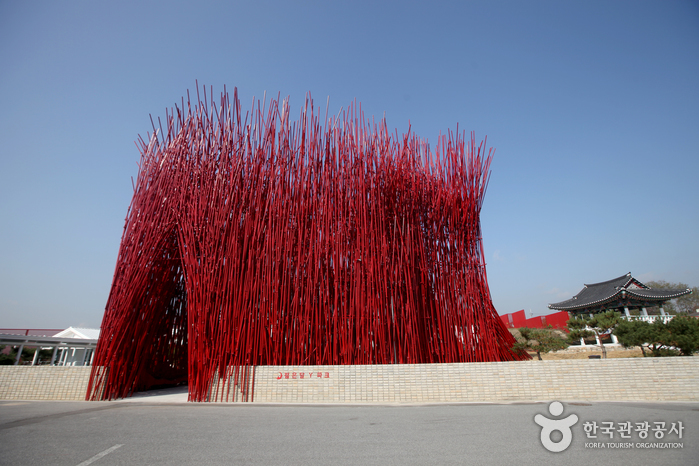
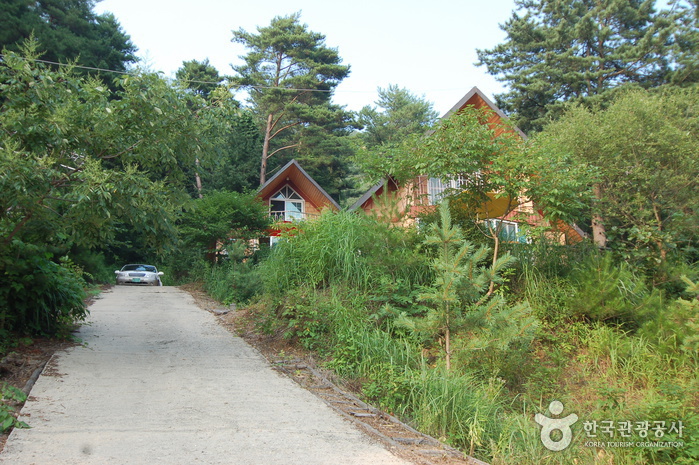
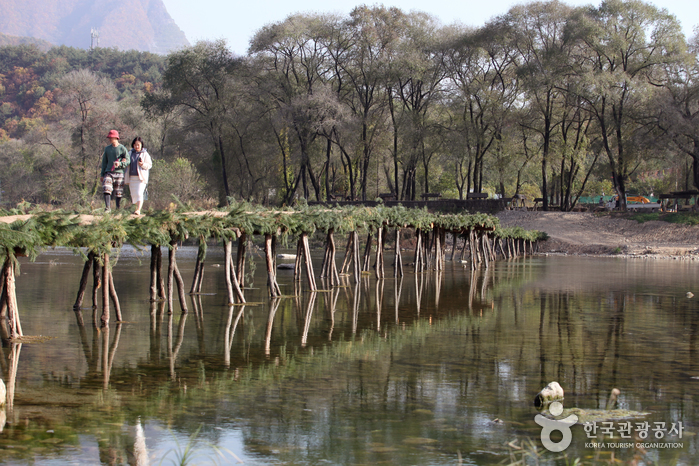
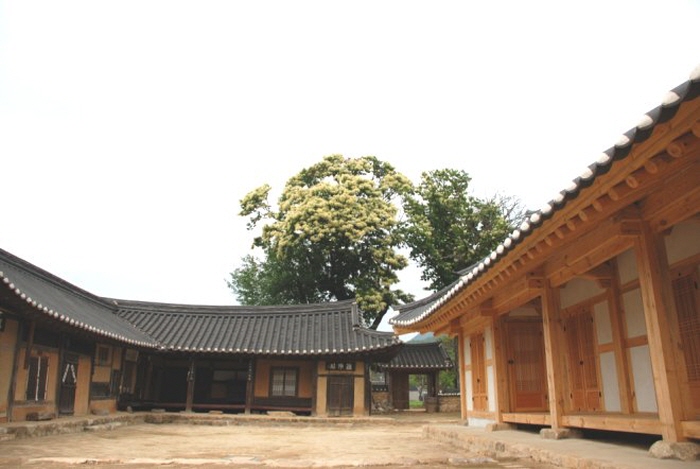
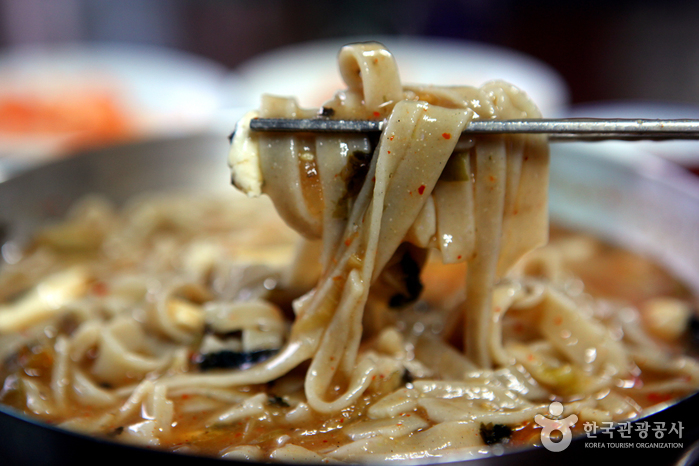
 English
English
 한국어
한국어 日本語
日本語 中文(简体)
中文(简体) Deutsch
Deutsch Français
Français Español
Español Русский
Русский